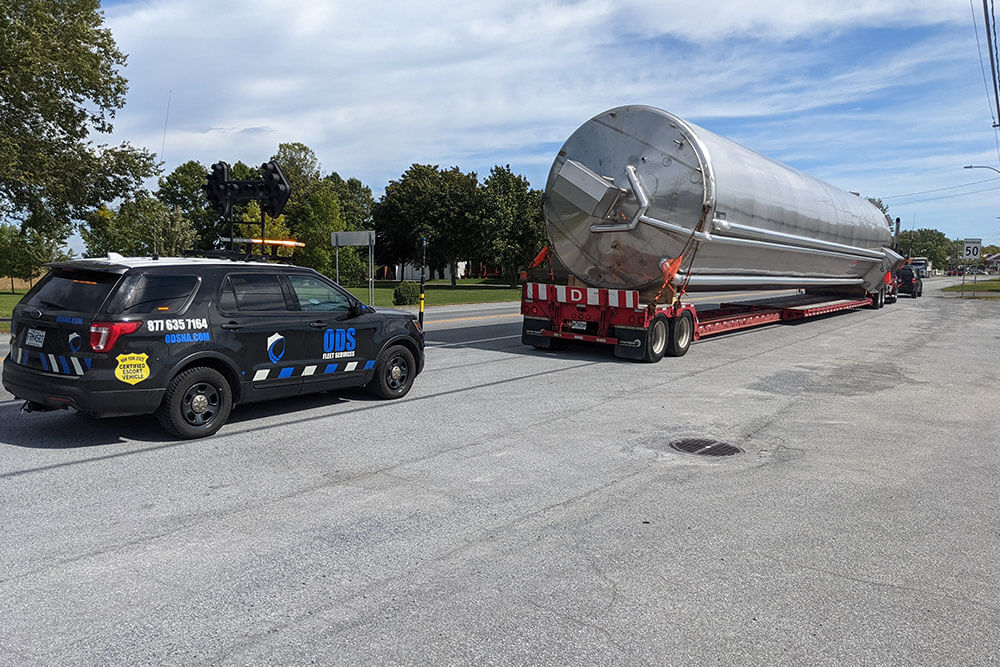As the temperature drops in North America, it’s crucial for pilot car operators to ensure their equipment is ready to handle the challenges of cold weather. Proper maintenance and preparation can help prevent breakdowns and keep operations running smoothly during the winter months. Here are some tips to help you keep your pilot car equipment in top shape for cold weather:
1. Check Your Vehicle’s Battery
Cold weather can put a strain on your vehicle’s battery, so it’s essential to check its condition regularly. Make sure the connections are tight, and there is no corrosion present. Consider keeping a spare battery on hand in case of an emergency.
2. Inspect and Replace Worn Tires
Worn tires can be dangerous, especially in slick winter conditions. Inspect your tires regularly for signs of wear and replace them as needed. Consider switching to winter tires for improved traction and handling in snowy and icy conditions.
3. Ensure Proper Tire Inflation
Cold weather can cause tire pressure to drop, leading to decreased fuel efficiency and poor handling. Check your tire pressure regularly and ensure they are properly inflated according to the manufacturer’s recommendations.
4. Test Your Lights and Signals
Visibility is crucial when operating a pilot car, especially in winter weather conditions. Test all your vehicle’s lights, including headlights, taillights, and signals, to ensure they are working correctly. Replace any bulbs that are burnt out and consider carrying spares.
5. Check Fluid Levels
Cold weather can affect the viscosity of fluids like oil, coolant, and washer fluid. Check your vehicle’s fluid levels regularly and top them up as needed. Consider using winter-grade oil and coolant for better performance in cold temperatures.
6. Inspect Your Brakes
Brakes are critical for safety, especially in winter driving conditions. Inspect your brakes for signs of wear and have them serviced if needed. Consider using a high-quality brake fluid to ensure optimal performance in cold weather.
7. Protect Your Equipment from the Elements
Extreme cold temperatures can affect your pilot car equipment, such as radios, cameras, and GPS systems. Store sensitive equipment in a warm environment when not in use and consider using protective covers to shield them from the elements when on the road.
8. Keep Emergency Supplies On Hand
In case of an emergency or breakdown in cold weather, it’s essential to have the necessary supplies on hand. Consider keeping items like blankets, a shovel, non-perishable food, water, and a first aid kit in your vehicle at all times.
By following these tips and staying proactive with maintenance, pilot car operators can keep their equipment in top shape for cold weather conditions in the United States and Canada. Proper preparation can help prevent costly breakdowns and ensure safe operations during the winter months.
Final Thoughts
Taking the time to maintain and prepare your pilot car equipment for cold weather can make a significant difference in ensuring safety and efficiency on the road. By following these tips and staying vigilant with inspections and maintenance, you can navigate winter weather conditions with confidence and peace of mind. Stay safe out there!

